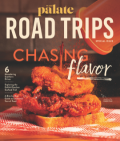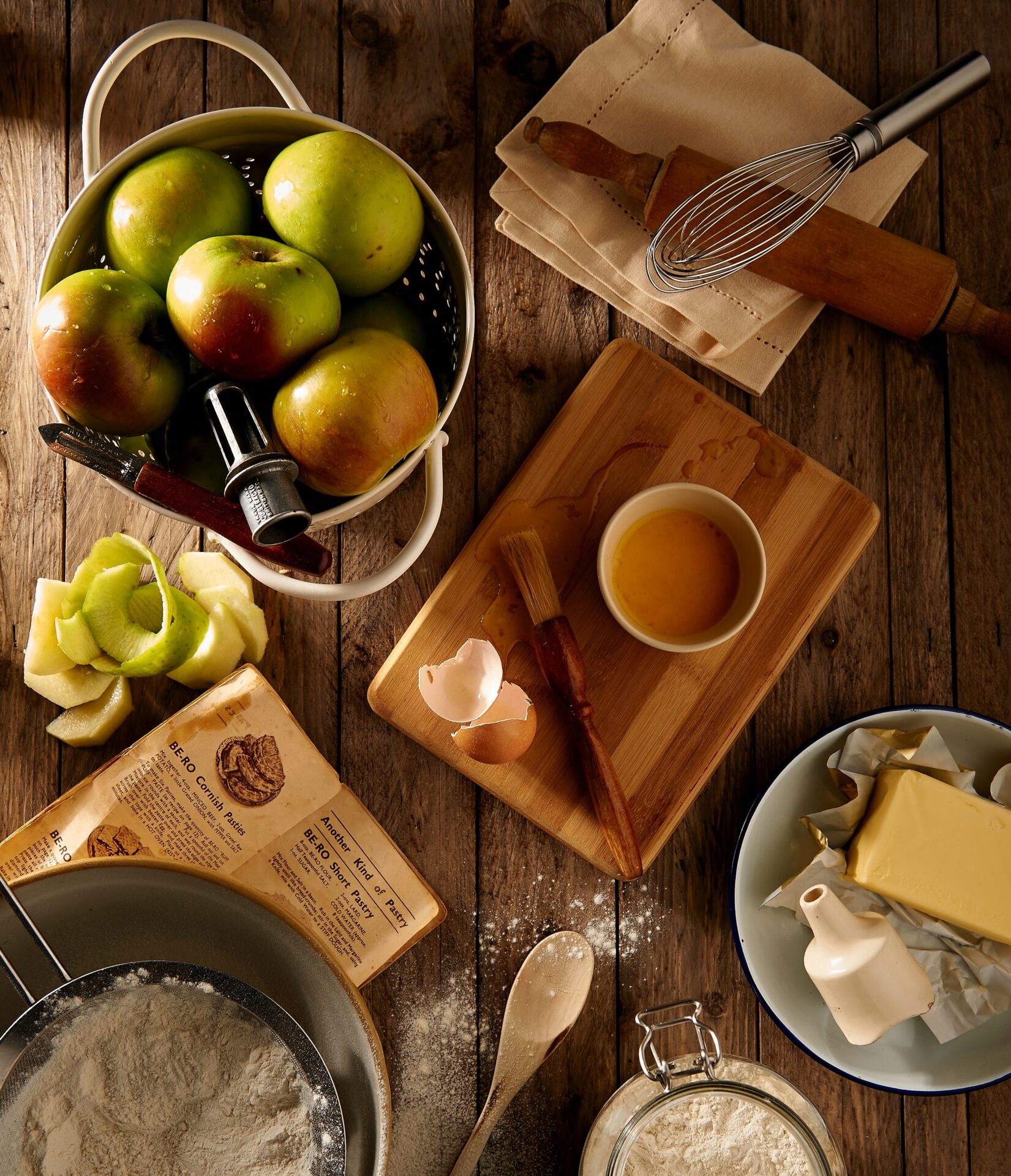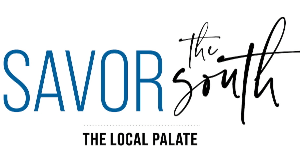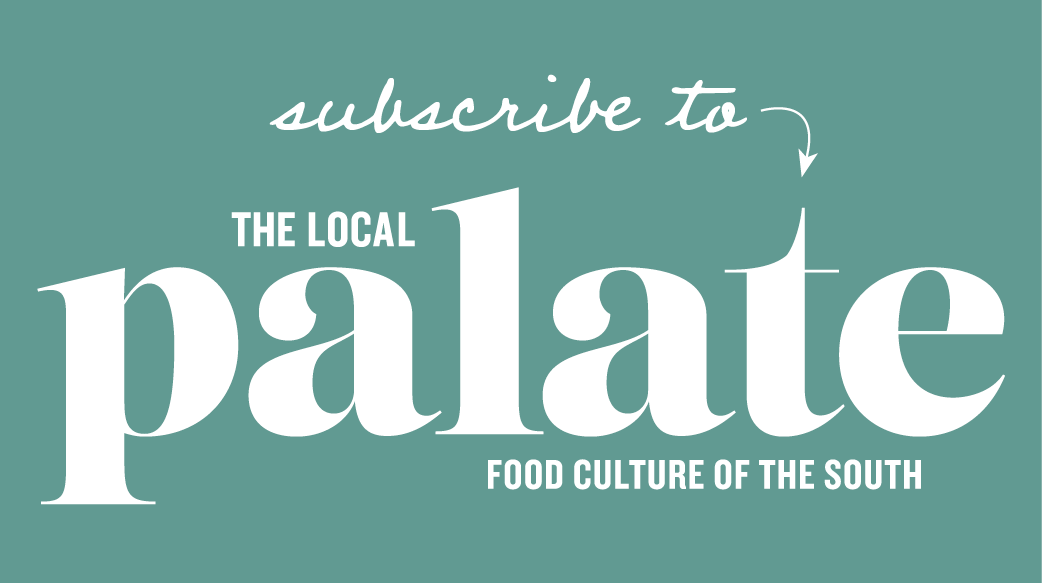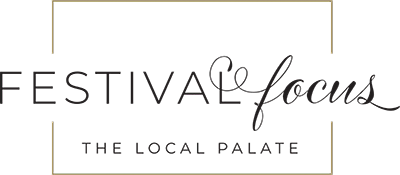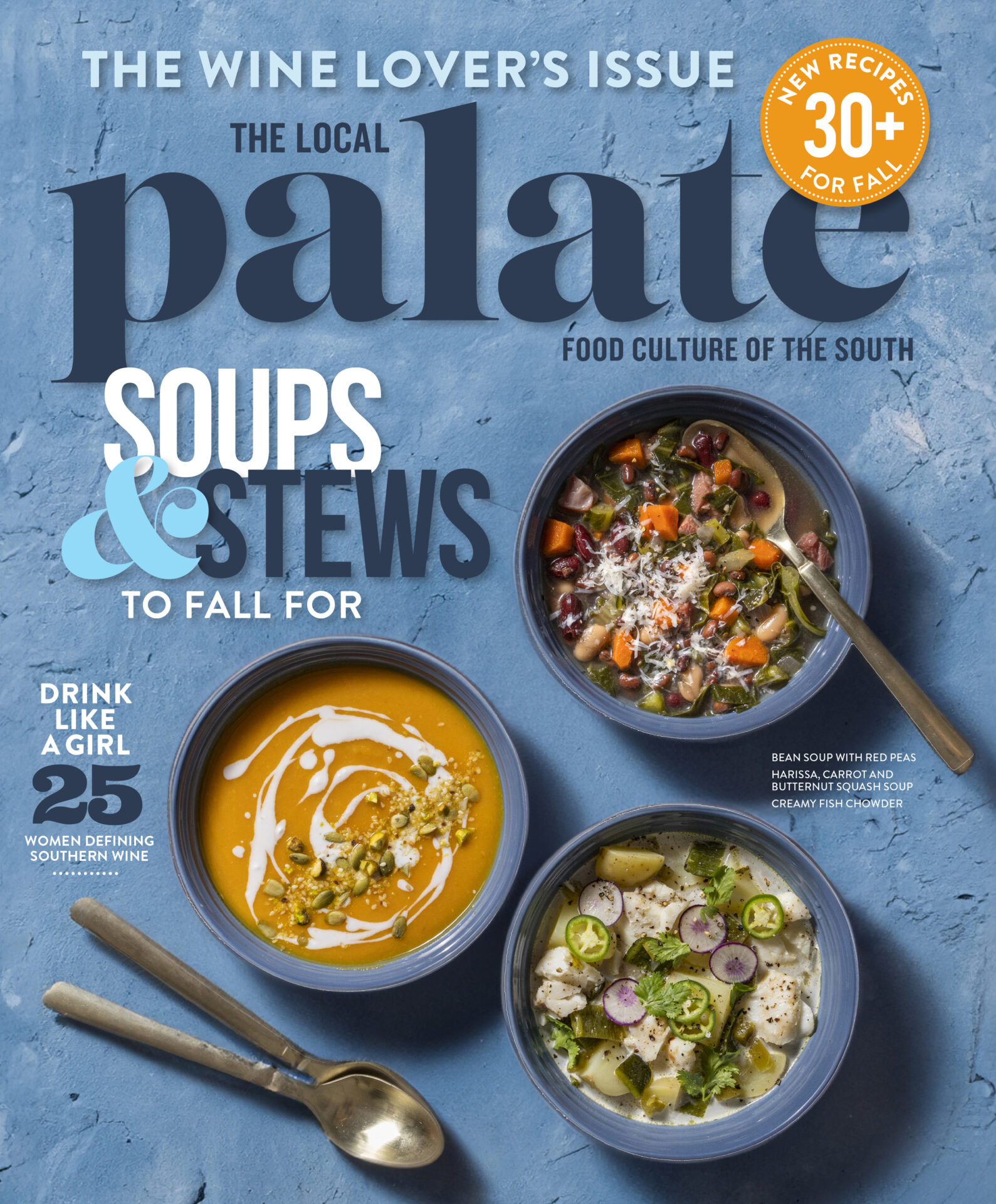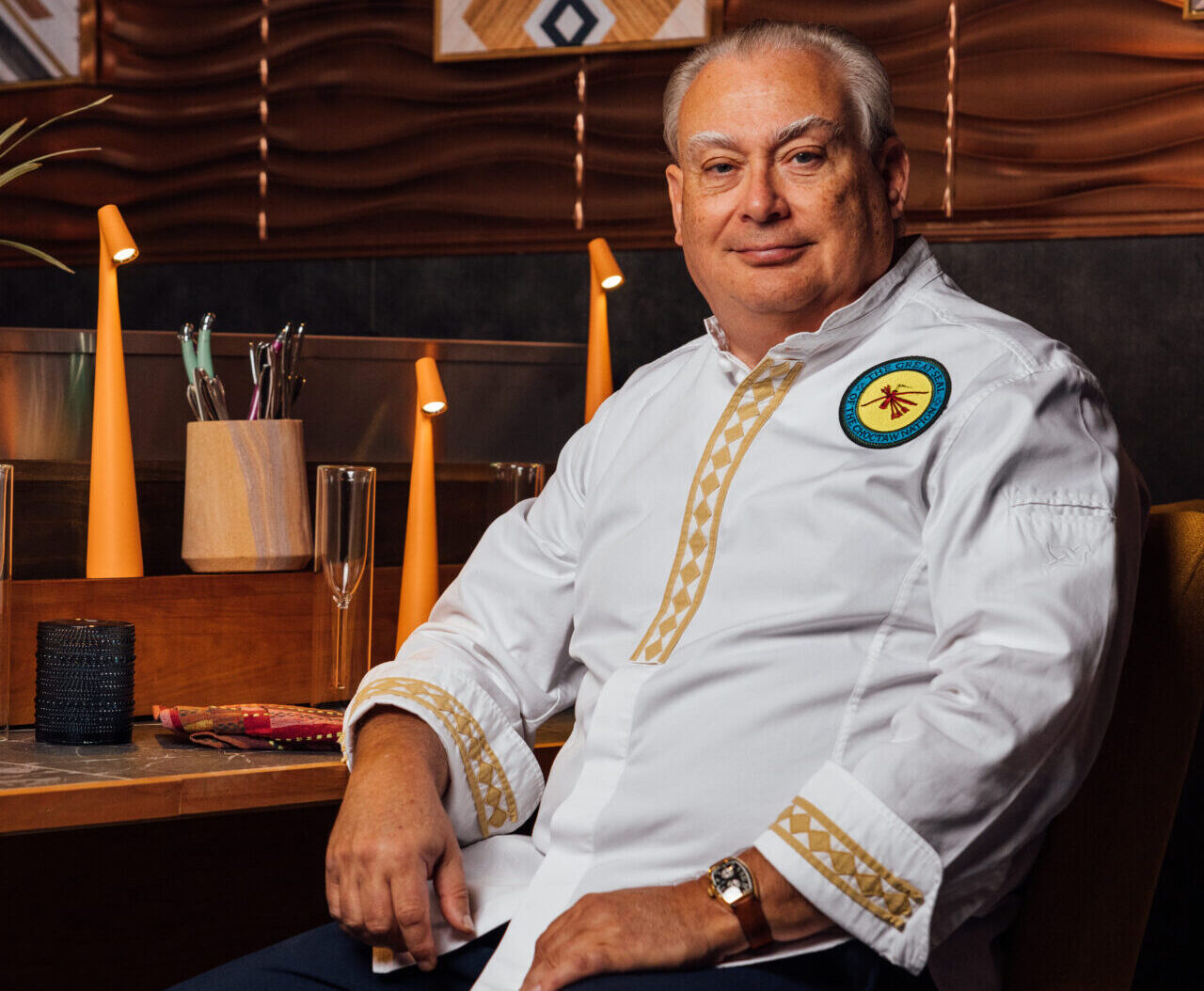
Staring into a thatch of brush, it takes a minute for the eye to pick up on what’s right ahead—between the grassy fronds, you finally spot it: a nugget of venison wrapped in crispy potato shreds resting on the tip of a bamboo skewer.
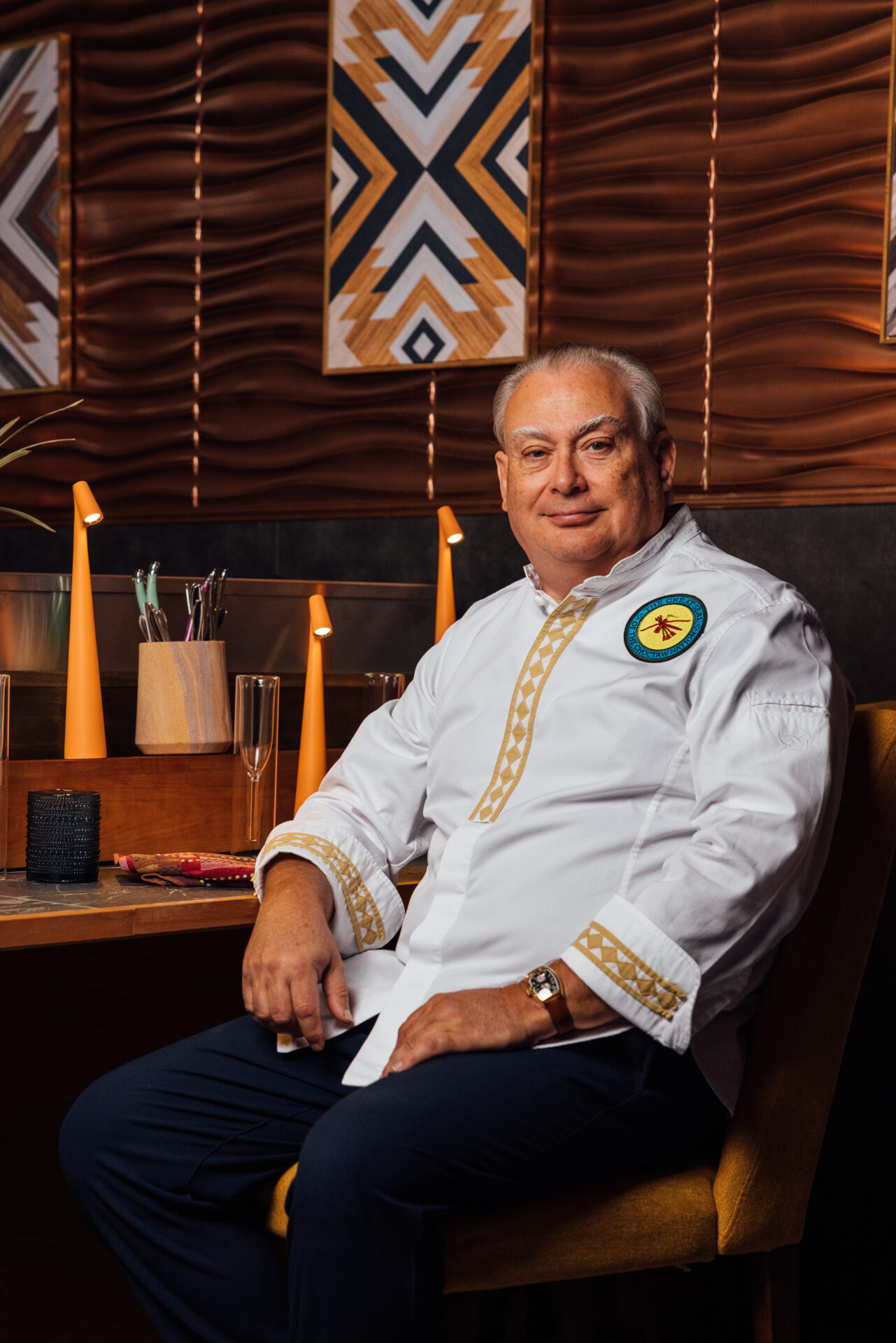
This isn’t dinner theater—it’s a dish at Ishtia, one of 20 courses that march along during a three-plus-hour tasting-menu experience. The bite, like every one of the modernist dishes that come from the live-fire kitchen, sweeps you off to a place far from the tiny waterfront town of Kemah, Texas, and out toward the plains of Oklahoma, where chef David Skinner, of Choctaw decent, was raised. Welcome to one of the nation’s first fine-dining Native American-inspired menus.
Kemah sits on the fringe of Houston on the way toward Galveston—you can’t miss the neon-lit amusement rides that rise up by the side of the highway. Skinner opened his previous restaurant, eculent, inside the Clear Creek Winery here in 2014, and as the restaurant approached the 10-year mark, he knew he wanted to make some changes. He transformed it into Ishtia, which means “begin” in Choctaw, and opened in summer 2024. The concept came from Skinner’s desire to reconnect with his own Choctaw heritage, and to show that modern Native American cuisine can be presented in a whole new light.
Skinner’s interest in cooking started early (he opened his first restaurant while still in college), and it was his Great grandmother, who was full-blood Choctaw, who first instilled in him the food traditions of his ancestors, including drying meats and canning produce for preservation. “Everybody wants to call it farm to table, but that’s just kind of how I grew up. We always had gardens and would grow what we needed to eat. And when we wanted meat, it was typically from a cow raised by our friends who had a ranch, and we would trade for produce,” Skinner says.
Ishtia, Skinner notes, is not a direct translation of Choctaw cooking—instead, it’s a meal composed of dishes inspired by a Native American diet, complete with historical footnotes delivered by the team. Skinner pulls his techniques and presentation from various masters of modernist cuisine, but also studied the work of Dr. Ian Thompson, an anthropologist who works with the Choctaw Department of Historic Preservation. “I took some of that history from him and combined it with my own family recipes and then applied my own methods,” he says. “I was asking, ‘Okay, how do I modernize these? How do I change the look and feel but keep the flavor?’”

So, a scallop served in the shell with squash, corn, and beans (the three sisters) arrives on a bed of rocks and shells; an infused liquid is poured over the rocks tableside, activating dry ice to make an aromatic mist that immediately pulls your senses out to sea. A “smudge salad” is made up of greens rolled to resemble the nubs of burning sage that smolder alongside it. Grapefruit is slivered into sashimi for a palate cleanser. Each presentation, all 20 of them, arrives in its own unique serving vessel, making a meal here transportive, weaving together a story of ingredients, history, and food culture.
With just 18 seats and three services per week (Thursday through Saturday), Ishtia’s meals are intimate and informative. Dinner starts in the winery, upstairs from the dining room, with snacks and a welcome drink. As you head to your seat, you pass through the live-fire kitchen where ingredients for that night’s meal are laid out on the countertop, opening up the senses to what’s to come. But be prepared for a few surprises—you’ll know they’re coming by the delighted gasps that fill the room when certain courses land in front of curious diners.
“The goal, for me, was to dispel certain beliefs about Native American food […] I want people to realize that Indigenous people, not just the Choctaws, but Indigenous people from North and South America contributed to nearly all cultures and cuisines around the world,” Skinner says. “I hope they leave with an appreciation for where it all began.”
